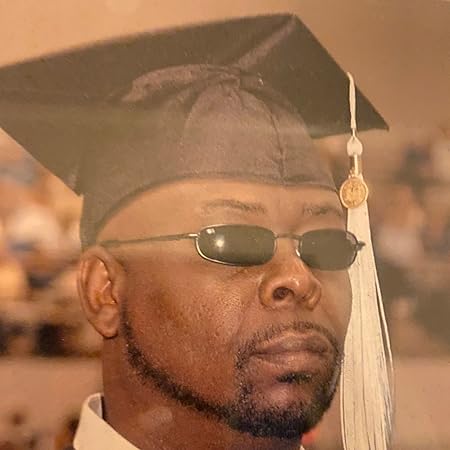In a time where discussions around race and inequality are more pressing than ever, Black America emerges as a vital resource for those looking to understand the deeply entrenched issues of racial division in the United States. This book seeks not just to inform but to create a platform for honest dialogue. By delving into historical, sociological, and personal perspectives, the author constructs a bridge toward greater empathy and action.
Introduction: A Timely Call for Change
In Black America, the author brings to the forefront issues that have shaped, and continue to shape, the racial landscape of the United States. The book’s structure, which interweaves historical context with contemporary observations, allows readers to see the broader picture of racial dynamics. Its aim is not to assign blame or point fingers toward a specific race but to shed light on how historical events, policies, and social constructs have contributed to the racial tensions we experience today.
From personal anecdotes like the Rochester Riots of 1964 to broader discussions of the Social Contract Theory, the book covers both personal and national experiences. It challenges readers to examine their own biases and prejudices while also understanding that racism and discrimination extend beyond individual actions into the very fabric of society.
Chapter Highlights: A Journey Through America’s Racial History1. A Country of Immigrants and Conflict
The first chapter lays the foundation by exploring the historical context of immigration and racial conflict in America. Using the framework of sociologist Robert E. Parks, the author examines how competition, conflict, accommodation, and assimilation have played a role in shaping relationships between different racial and ethnic groups.
From the arrival of Native Americans and European settlers to the introduction of African slaves, the chapter discusses how the quest for resources and dominance fueled racial divides. The narrative provides insights into how certain groups were able to assimilate while others were systematically excluded, setting the stage for centuries of inequality.
2. The Broken Social Contract
One of the most powerful themes in the book is the concept of the Social Contract and how it has been broken for minority communities, particularly African Americans. This chapter critically examines how the principles of liberty and justice, as laid out in foundational documents like the U.S. Constitution, failed to extend to Black Americans.
The author skillfully ties historical events, such as the three-fifths compromise and Black Codes, to modern-day disparities in wealth, education, and justice. This chapter is an eye-opening exploration of how systemic racism has been embedded in American institutions since the nation’s inception.
3. The Role of Segregation and Economic Injustice
The author takes a deep dive into the impact of segregation—both de jure (by law) and de facto (in practice)—on Black Americans. Using powerful historical examples such as the East St. Louis Riots, the Tulsa Massacre, and the Rosewood Massacre, the chapter paints a vivid picture of how systemic violence and segregation undermined African American progress.
Through these events, Black America illustrates how economic injustice was perpetuated by denying Black Americans the opportunity to build wealth and stability. The result is a generational divide that still exists today, with many Black communities facing systemic barriers in housing, education, and employment.
4. Civil Rights and the Unfinished Fight for Equality
This chapter addresses the Civil Rights Movement, emphasizing both its successes and its limitations. The author highlights the courage of figures like Martin Luther King Jr., Malcolm X, and Fred Hampton while also exploring the insidious efforts to undermine their work through government operations like COINTELPRO.
While much progress was made during this era, the book argues that the fight for true equality is far from over. Many of the movement’s core objectives—such as equal access to education, housing, and economic opportunities—remain unmet. The author challenges readers to consider the ongoing legacy of these inequalities and the work still needed to achieve genuine racial justice.
Bridging the Gap: Why Dialogue is Key
A core message of Black America is the need for open, honest dialogue about race. The author advocates for conversations that go beyond the blame game and focus on understanding the historical roots of today’s racial issues. By fostering discussions rooted in empathy and education, the book hopes to inspire action that transcends racial divides.
Media Contact
Company Name: American Book Publishers
Contact Person: Jeffery Jones
Email: Send Email
Country: United States
Website: https://authorjefferyjones.com/

